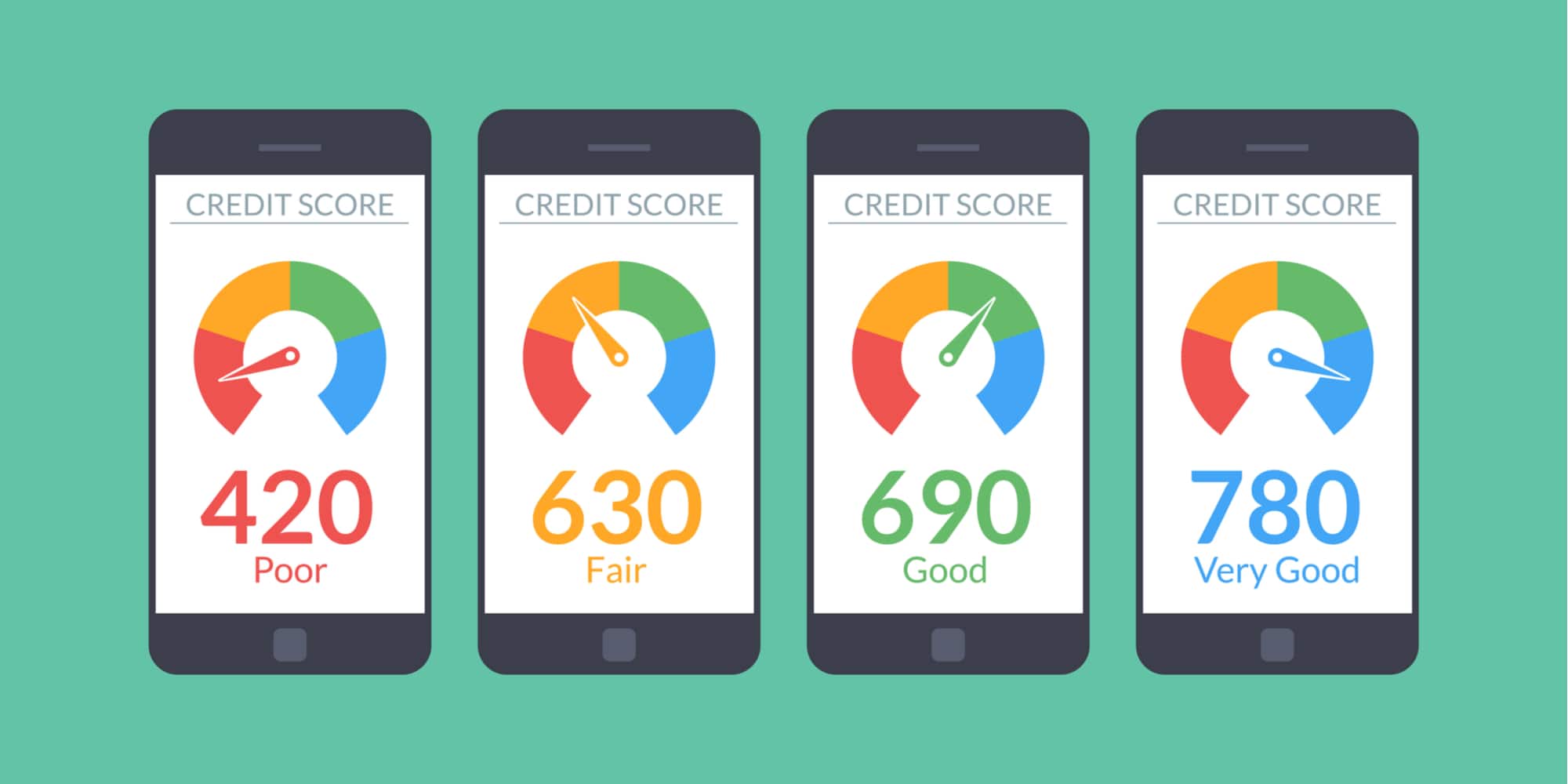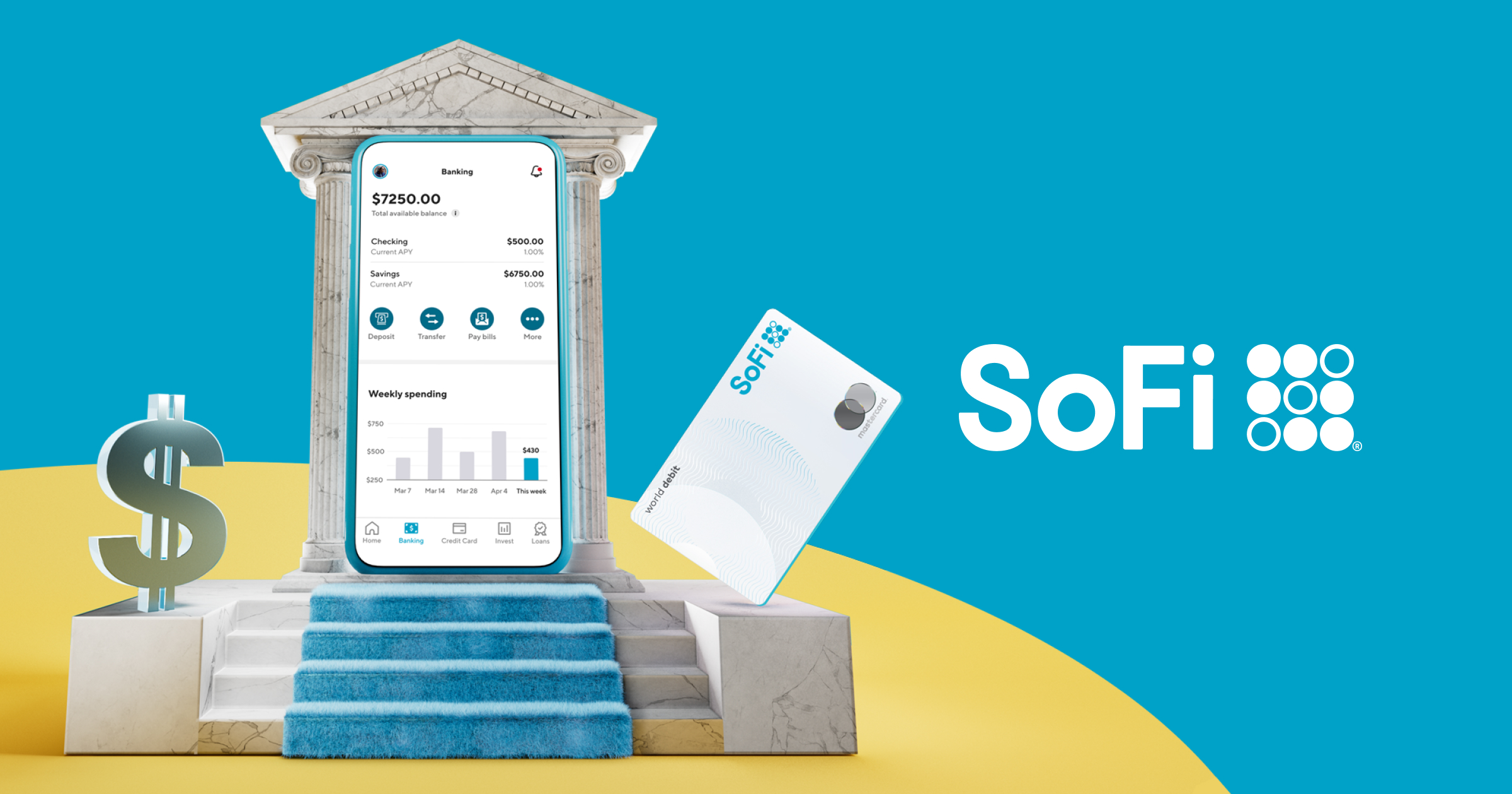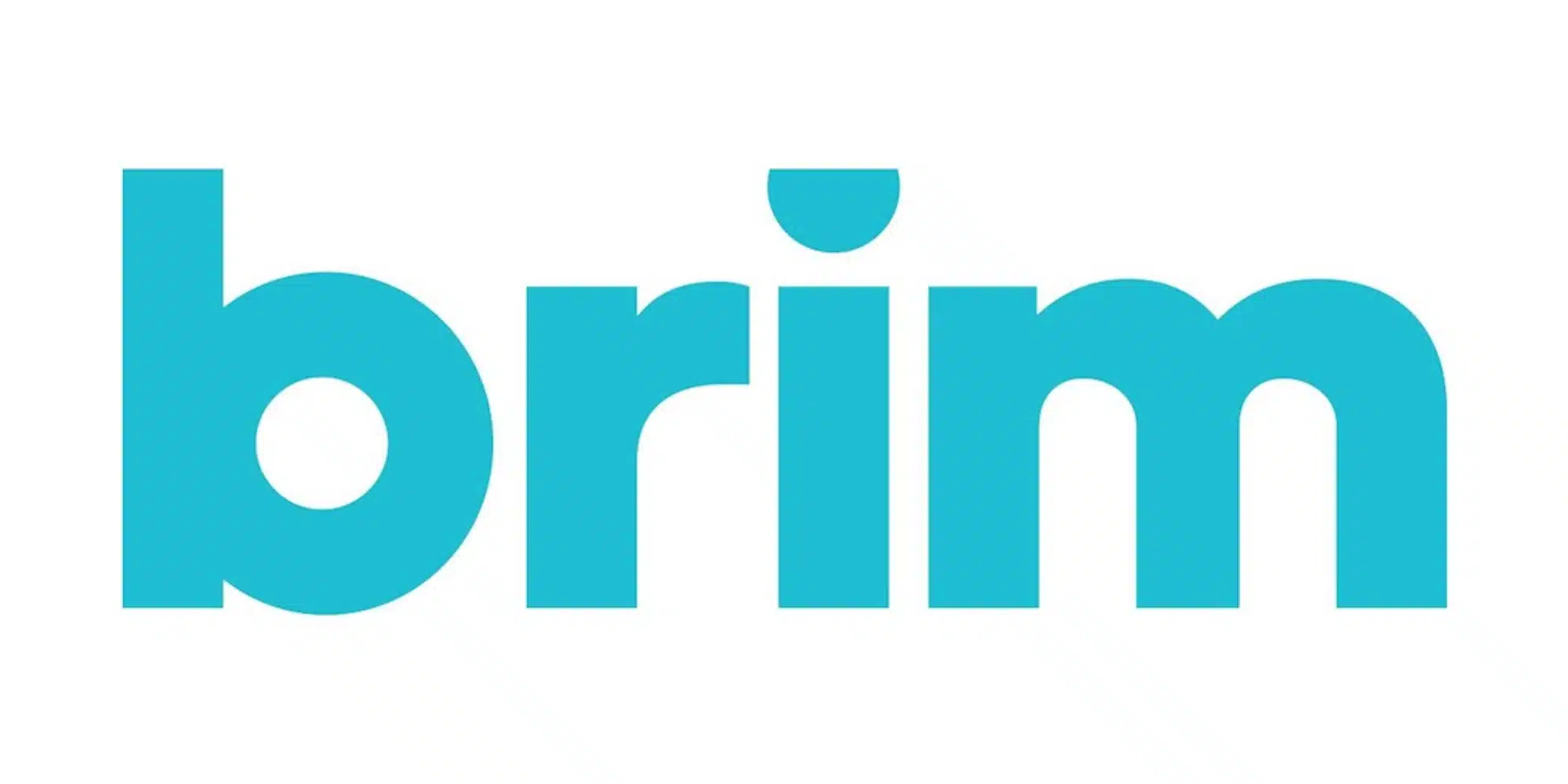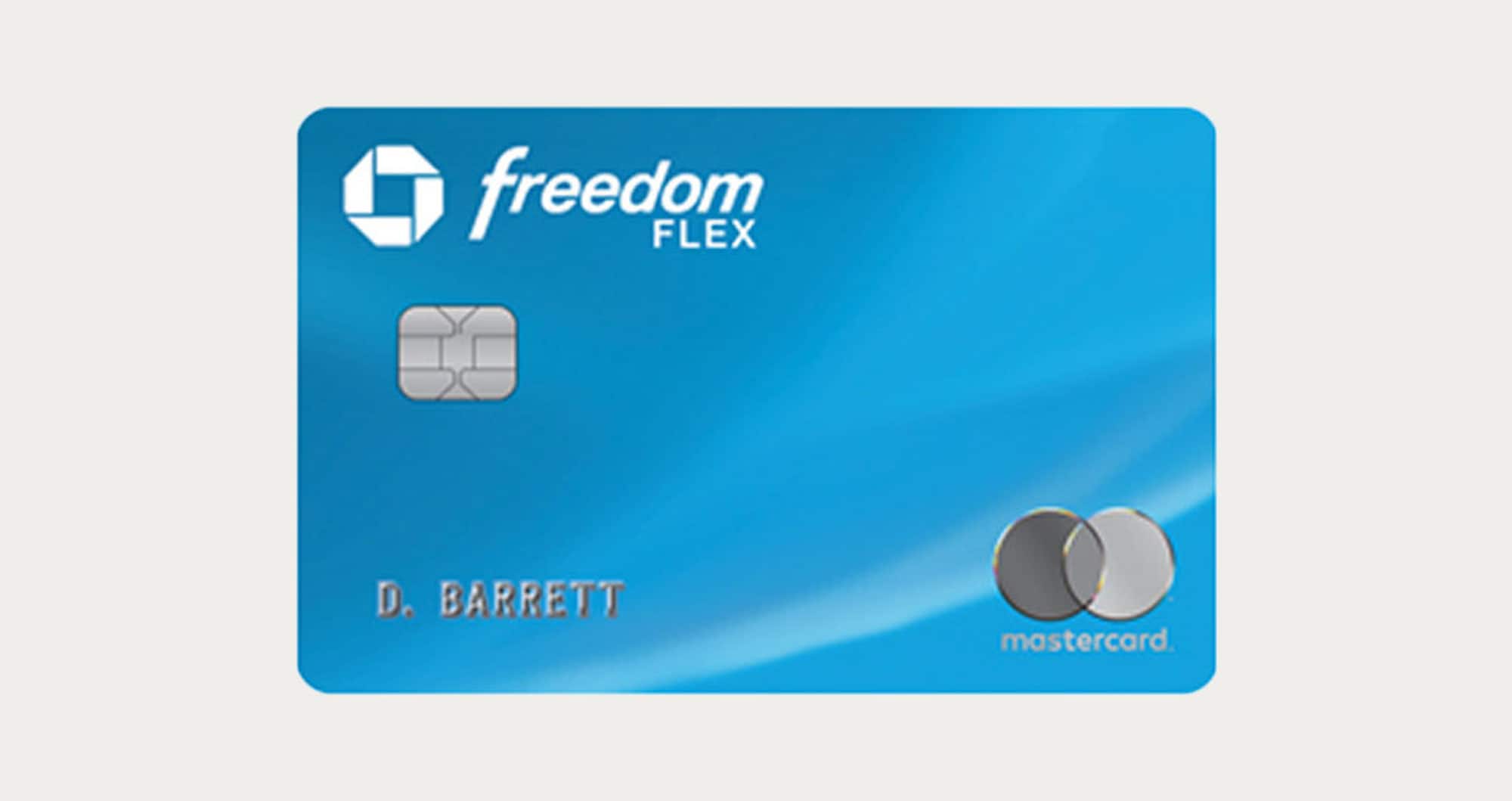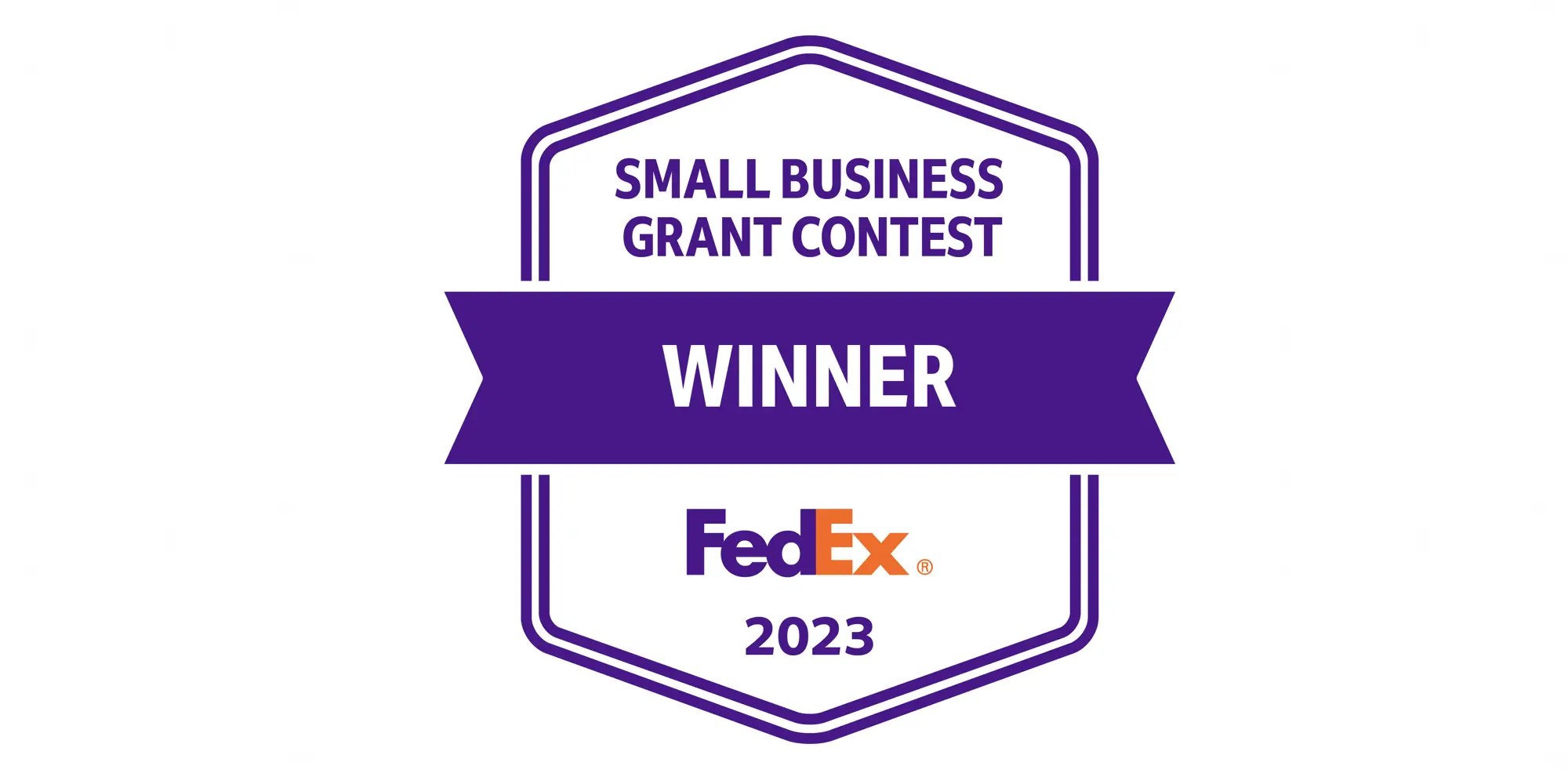
Money Management Tips
5 Personal Finance Numbers You Should Know (And Tools for Tracking Them)
If you’ve ever watched an episode of Shark Tank, you’ve probably heard at least one of the show’s panelist tell the on-the-spot entrepreneurs that they need to know their numbers. As they explain, these figures can often tell you a lot about the health of a business and knowing them is an important first step in improving them. Not surprisingly, this lesson can apply to everyday personal finance as well. While the specific stats may be different, the idea that you should have a grasp on some key data remains the same.
Whether you want to diagnosis your most pressing finance problems or track your growing success, there are several numbers you’ll want to know and continue to monitor. To help, let’s not only take a look at five personal finance numbers you should know but also a few helpful tools to help you calculate and understand them.
5 Personal Finance Numbers You Need to Know
 Net Worth
Net Worth
You’ve likely heard the term “net worth” in the context of wealthy businesspeople, pro athletes, or movie stars. Given this association, you may be under the impression that calculating your own net worth is merely an exercise in futility. In reality, tracking your net worth can be greatly motivating as you track your financial progress.
Net worth is actually incredibly easy to calculate. To arrive at this number, you’ll total all of your assets — including cash on hand, bank account balances, and investments, as well as the value of your home, vehicles, and other items — and then subtract any debts or liabilities. For example, if you have $50,000 in savings, $120,000 in retirement investments, a home worth $300,000, and a mortgage balance of $170,000, your net worth would be $300,000.
Since you’re subtracting liabilities, it’s possible to have a negative net worth. This would happen if you have large debts and little savings. While this might be a disappointing predicament to be in, it does give you something to strive for: pushing your net worth into the positive.
Try these tools: There are a few different apps you can now use to figure out and track your net worth. The first is Mint — a budgeting app owned by Intuit. With Mint, you can link your various bank accounts to view your overall balance and can also add the value of your home and other assets into the net worth calculation. Elsewhere, the app allows you to build a custom budget and keep a closer eye on your spending.
Another option is Personal Capital. Like Mint, this service also allows you to link several accounts and view your net worth. However a key difference is Personal Capital’s emphasis on investments, providing multiple tools for monitoring your portfolio. Ultimately, while either option will help you stay on top of your net worth, the choice between the two will depend on where you are in your financial journey.
Credit Scores
Many Americans may not realize just how wide-reaching the impact of their credit can be. In addition to factoring into loan decisions and interest rates, potential landlords and even employers may also view your credit. Therefore it’s easy to see why understanding your credit and where you stand is so critical.
First of all, there’s a lot of confusion that surrounds credit and credit scores. That’s probably because, while most people are used to hearing the term “credit score,” few realize that they may have more than one score. In fact you could have dozens of credit scores — all of which can change on a daily basis.
The best way to think about your credit score is simply a numerical representation of the information contained in your credit report. FICO credit scores can be impacted by your payment history, the amount of available credit you have, the age of your credit accounts, the mix of credit types you use, and how many credit inquiries you have. All of this information is included in your credit report, so what FICO does is take this data and spit out a number between 300 to 850 (the higher, the better) to rate your creditworthiness.
Try these tools: As confusing as credit scores can be, there are now more resources than ever for understanding them. You can start by obtaining your official credit reports from all three major credit bureaus (Equifax, Experian, and TransUnion) once per year by visiting AnnualCreditReport.com. When reviewing your reports, you’ll want to double check for accuracy and file a dispute with the reporting bureau should you find an issue. Keep in mind that any false negative issues could be impacting your scores negatively, so you’ll definitely want to resolve them.
Now that you’ve reviewed your credit reports, you’ll have a few options for viewing a sample of your credit score. The most popular tool in this arena is Credit Karma, which offers scores from Equifax and TransUnion. However, Credit Karma and other free credit monitoring sites utilize a different scoring model than the often-used FICO model. Instead these sites use VantageScore to provide what are known as “educational scores.” Despite the discrepancy, Credit Karma, WalletHub, and other free credit scores sites can be a great resource for getting a better idea of where your credit stands as well as learning how you can make improvements.
 Monthly Expenses (and income)
Monthly Expenses (and income)
How much do you spend in a given month? It may be a simple enough question but one that few can likely answer correctly. Similarly most people probably aren’t aware of how many monthly obligations they have or what their recurring bills total up to in a given month. Yet knowing how much your monthly expenses are is one of the primary steps in building an effective budget and living a more financially secure life.
I’d be remiss if I didn’t mention that there’s an equally important figure that factors into budgeting: your income. In this case, I mean specifically your net income or “take-home pay.” Knowing how much money you bring in each month is key to determining how much you can spend, which will in turn inform your overall budget.
Beyond day-to-day budgeting, another big reason you’ll want to know how much your monthly expenses are is so that you can calculate how much you’ll need in an emergency fund. Experts suggest you should have enough cash accessible to cover between three to six months worth of expenses in the event you lose your job, have another major unforeseen bill, etc. Thus, in order to start saving up for this money milestone, you’ll first need to know how much you’ll absolutely need to spend each month regardless of your circumstances.
Try this tool: This is where Mint can come in handy once again. With your accounts connected, you’ll be able to view your spending in a number of different categories and view historical trends. Of course, if you’ve only been using Mint for a short time, chances are there may be bills that haven’t been accounted for just yet, such as those you only pay on an annual basis or ones that fluctuate from month to month. For annual or quarterly bills, you can calculate how much each of these costs on a monthly basis. Then, for fluctuating expenses, you can either total up how much you’ve spent on these particular bills in the past year and divide by 12 to find your monthly average or, in my preferred method, factor the absolute highest amount into your budget.
Your Interest Rates
When you have debt, in addition to the principal amount you borrowed, you’ll also end up paying interest on what you borrow. What’s more, thanks to compounding, you could end up in a situation where your monthly credit card payments are only doing little more than covering the amount of interest you’ve accrued since your last payment — meaning you could be paying off your debt for years or even decades. This is why you’ll want to not only have a grasp of the interest rate you’re paying on any car loans, mortgages, or personal loans but also be aware of how much your credit card APR is.
You’re probably aware that most credit cards only require you to pay a small fraction of your overall balance each month to keep in good standing. Unfortunately carrying a balance on your cards means you’ll incur interest, which — as I mentioned — can compound. That’s why, when you’re trying to work your way out of credit card debt, it’s typically a good idea to focus on the cards with the highest interest rates first. Of course, in order to do this, you’ll first need to know what the APRs on each of your cards are.
In some cases, it may also make sense to do what’s known as a balance transfer. As a way to draw new customers, some credit cards will offer temporary promotional APRs of 0%. Therefore, by moving your balance to a new card, you could save significant amounts in interest. But beware — in most cases, this 0% rate is only for a limited time so, should you fail to pay off your balance within the stated period, it will then begin incurring interest once again.
Try this: Unfortunately I don’t really have a clever tool or one-stop-shop for this one. Instead you’ll want to log into each of your credit card account sites or view your recent statements to find your current APR. Then you can maintain a master list so you know which cards you should pay off first and/or avoid carrying a balance.
You’ll probably want to perform a similar process for your mortgage and any other loans you may have as well. However, in this case, there may be further action to take depending on what you discover. If your credit has improved significantly since you first applied for a loan or mortgage, you may be able to save money by refinancing. In these cases, knowing what your current rate is will be key when shopping around for better options.
 Your banking/retirement fees
Your banking/retirement fees
In recent years it seems as though bank fees have merely become a fact of life. This would explain how most big banks have gotten away with charging customers monthly “maintenance” fees, minimum balance fees, and of course the dreaded overdraft fee. While these types of charges are common among major brick and mortar institutions, there are now several alternatives such as credit unions, community banks, and online options.
When considering whether it’s time to leave your bank, you’ll want to look at how much you’re currently paying in fees. Then you’ll be able to look for other options and see how much you could save. At the same time, be aware that there may be some trade offs in this proposal. For example most online banks don’t have a way for customers to deposit cash into their accounts. Still, if your savings are being pilfered away by your bank, this slight inconvenience may be well worth it.
While we’re talking fees, as annoying as paying a few dollars a month in maintenance fees can be, you may be paying a far higher price when it comes to your retirement investments. As great as 401(k)s may be for getting employees to save for retirements and earning employer matching funds, some of these plans can carry high fees — or a combination of fees that can really add up. Thus, if you have options within your 401(k) plan or with your IRA, it may be worth taking a closer look at the fees your portfolio carries.
Try these tools: If you’re looking for an easy way to review bank fees you’ve paid across multiple accounts, both Clarity Money and Emma have easy-to-use tools to help you identify these expenses. Within Clarity Money, you’ll find this option under their “What did I spend on” widget and can view fees paid this week, this month, this year, or last year. For Emma you can tap the aptly named Bank Fees option in “More” to swipe through each of your linked accounts. The viewing options here include fees paid this month, last month, within the last six months, or since “the beginning of time.”
When you’re ready to tackle retirement investments savings, Personal Capital (which we discussed earlier) has a really great tool for seeing how different fees can impact your returns. You’ll find this Retirement Fee Analyzer under the “Planning” tab. With this tool you can not only view what fees your accounts and investments hold but can also see the longer-term impacts. In all, it can be truly eye-opening — and hopefully inspire you to make some changes to your portfolio if possible.
Even if you’re not steeped in financial jargon and math was never your favorite subject in school, there are a few simple personal finance numbers you should at least familiarize yourself with. Not only will knowing your net worth, credit scores, monthly expenses, interest rates, and banking fees provide you with a better idea of where you stand financially but can also give some great starting points for making improvements. Plus, with the help of a few different tools and apps, you can be well on your way to being a personal finance master.

